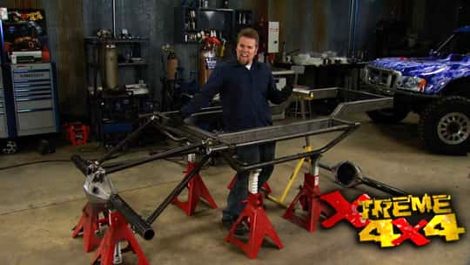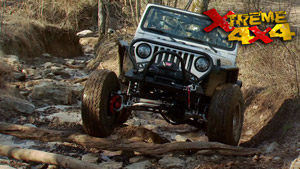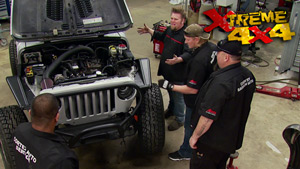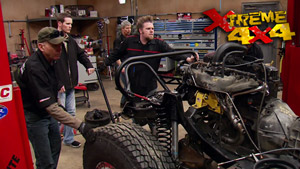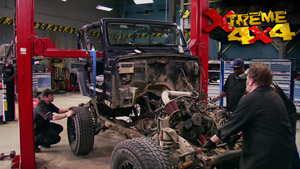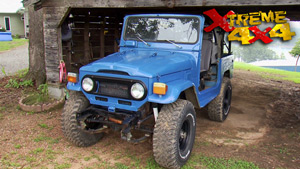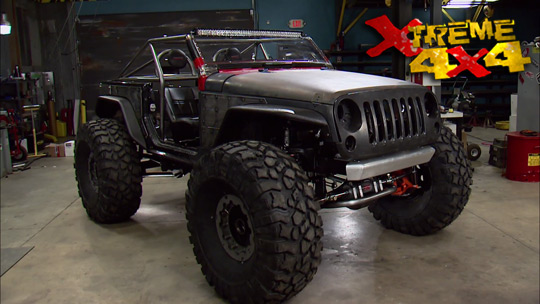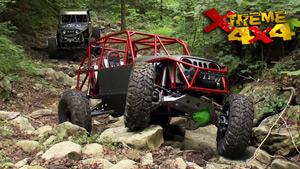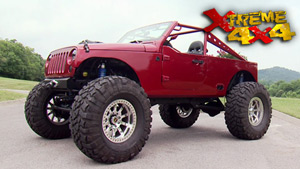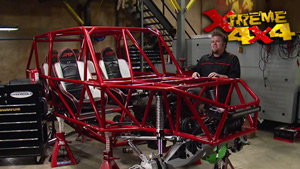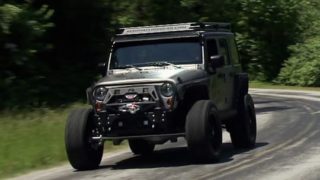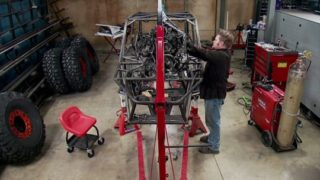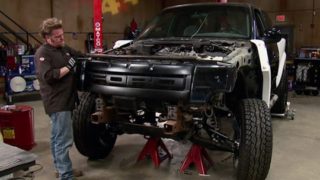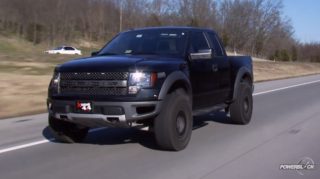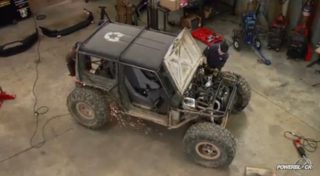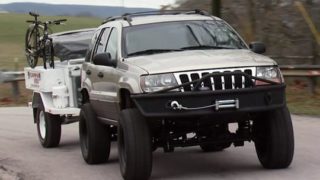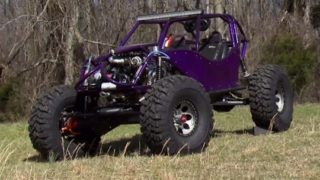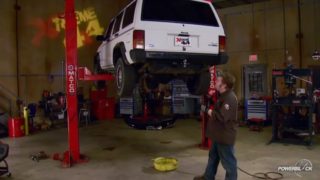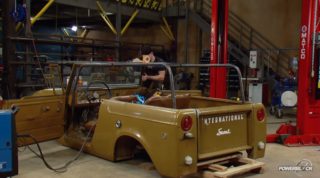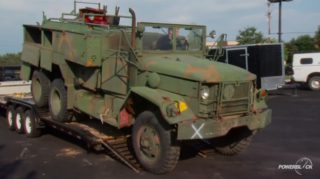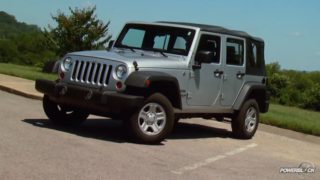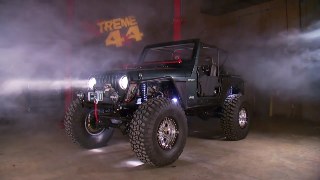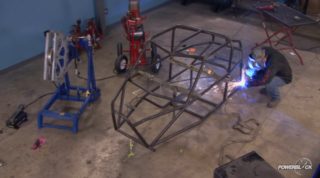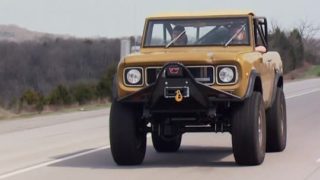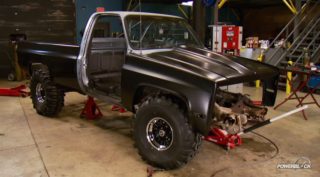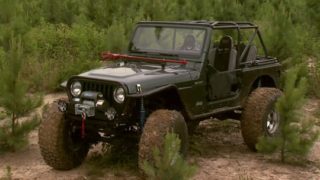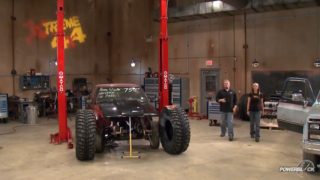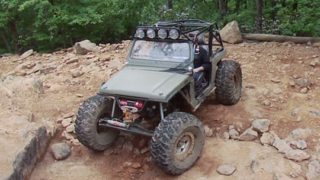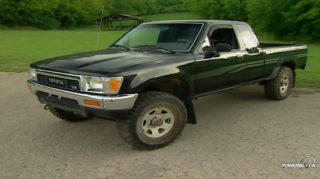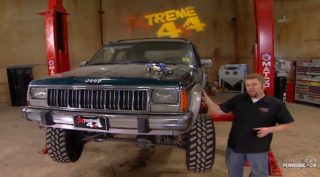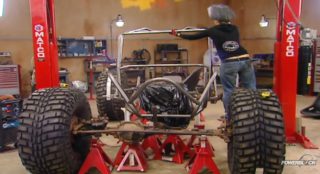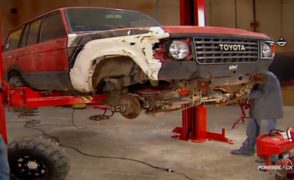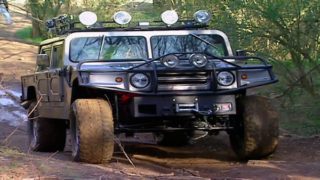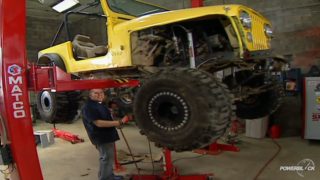Xtreme 4x4 Builds
Want more content like this?
Join the PowerNation Email NewsletterParts Used In This Episode
Bilstein
9100 Rock Crawler - Designed for the rapidly growing rock crawler market this new shock features Bilstein's industry leading technology and the experience gained in decades of off road competition.
QA1
With over 5,000 sizes, styles and materials in QA1 rod ends to choose from, QA1 manufactures a rod end for virtually every application.
A&A Manufacturing
Laser cut parts specific brackets and tabs for most custom installations.
Ballistic Fabrication
Laser cut parts specific brackets and tabs for most custom installations.
Ballistic Fabrication
The Ballistic Air Shock is designed to support the weight of your vehicle as well as provide the dampening of a conventional shock. The Ballistic Coilover shock is built for extreme use in race and recreational settings.
Ballistic Fabrication
Threaded tubing adapters, Misalignment spacers.
Blue Torch FabWorks
Laser cut parts specific brackets and tabs for most custom installations.
King Shock Technology, Inc.
King offers by-pass shocks in 4"Э, 3"Э, 2 1/2", and 2" versions in various lengths and options.
